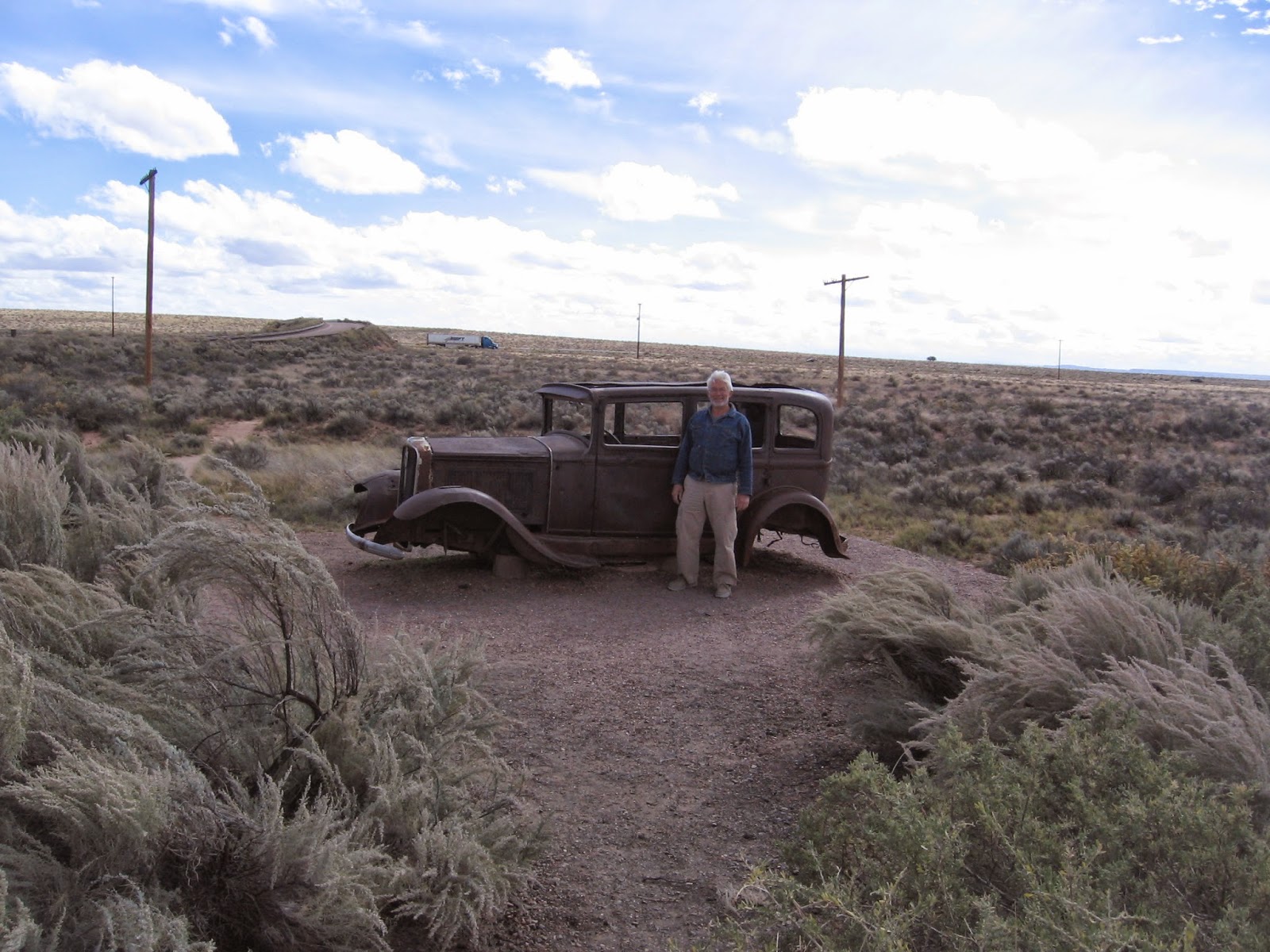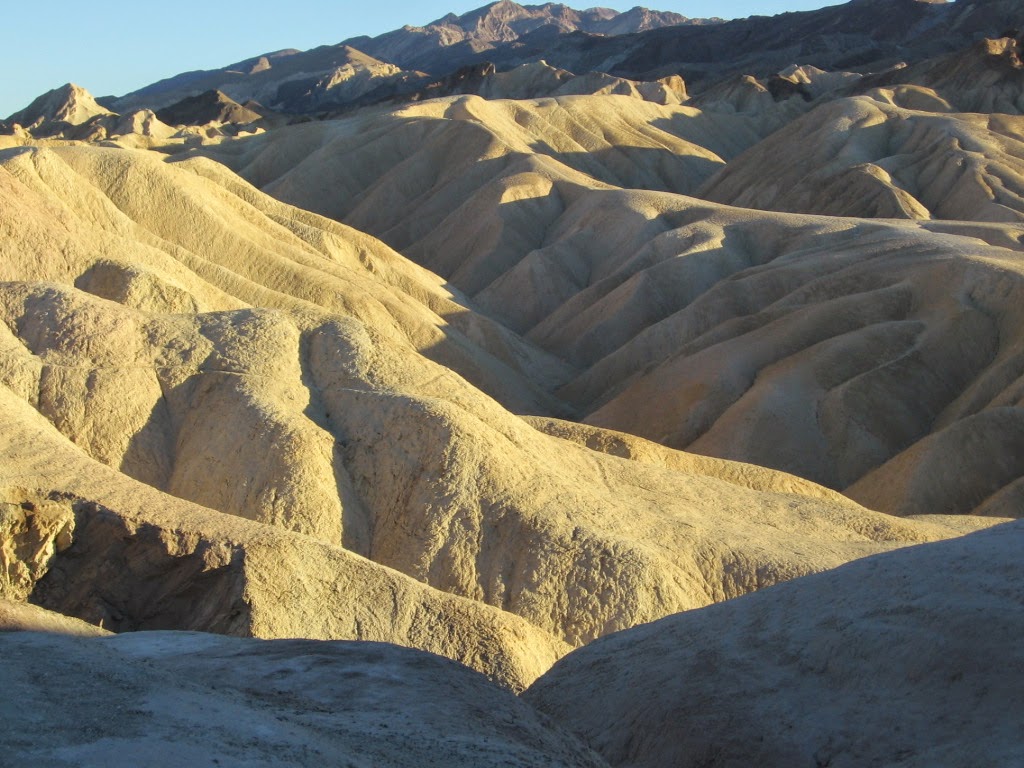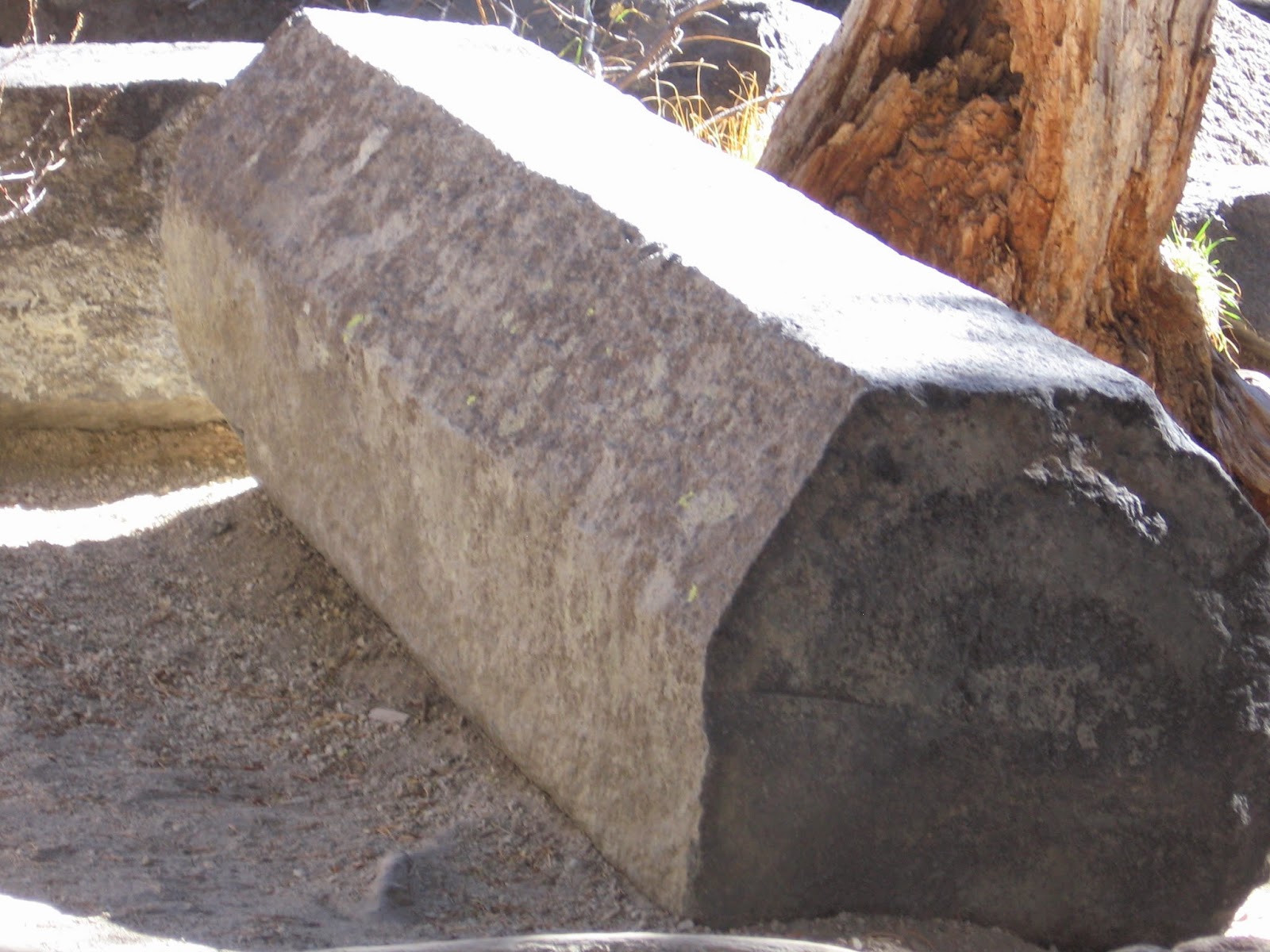Friday,
November 7
This
will be our final post for this trip.
Thanks for coming along with us.
Writing the posts and selecting the pictures has been a lot of fun and
as much a part of the trip as the other experiences we enjoyed. We had you, our friends and family, in mind
with every post and picture, trying to imagine how best to keep you coming back
for more. We hope you enjoyed it. We had approximately 40 views per post on
average for the entire time. I would
never have guessed that!
We
were gone 51 days, drove 8700 miles and burned 912 gallons of gas. The steepest grades we climbed and descended
were 8%. We visited 12 states and 24
National Parks, Monuments, Historical Sites and Battlefields. We camped in all kinds of campgrounds. The National Parks and National Forest
campgrounds had no hookups at all but tended to cost the least. We stayed in state parks in Oklahoma and
Oregon with full hookups and they cost approximately $20 per night. We stayed in full service commercial RV
parks 17 nights at a cost of about $35 per night although the one in Estes
Park, Colorado was outrageous at $59 per night. We stayed at KOAs twice and they were consistently nice with all
amenities including laundry and were priced about the same as the others. We stayed in an RV park outside Petrified
Forest for free. The average campground
cost for all 51 nights was $18.85.
We
can’t pick a single favorite park or site because each has its own spectacular
features very different from the others.
But our top three would be Yellowstone, Death Valley and the
Redwoods. (Crater Lake is probably No.
4). There were some other National Parks that were on our initial list but we
set them aside for another time. Those
were all the ones in Utah – Zion, Bryce Canyon, Arches, Canyonlands and Natural
Bridges. We also did not visit Kings
Canyon and Sequoia National Parks in California because we made a mistake by
going south on the east side of the Sierra Nevada Range and there were no east
entrances to those parks. There was an
east entrance into Yosemite though. But
51 days was plenty and we were ready to come home so we scratched those for
now.
I
have to say that California has more than its fair share of National Parks at
seven by our map. Six were on our list
even though we only visited four.
California, with ocean, mountains and desert has something for
everyone. They have it all. They also have the highest gas prices. The most we paid was $4.69 in Lee Vining but
that wasn’t typical. Gas prices are
high throughout the west but somewhat more in California. Groceries there were also high.
People
were nice to us everywhere we went and were generally helpful and open to
conversation if you wanted to initiate it.
People in parks and especially with RVs all want to know where you’re
from and where you’ve been. And they
want to tell you where they’ve been.
Park Service rangers and staff were great and ready to help and answer
all questions. But I think the time of
year we visited mattered too because there were no crowds and sometimes the
staff just wasn’t very busy. Yosemite
might have been the exception. We were
there on a Saturday.
We
learned some things. We learned that
this is a big country and there is a lot to see and love about it. We also learned that, as big as it is,
wherever you go, people have been there before already. We learned that every
place we went has a history of native peoples having already lived there for
hundreds of years – including Death Valley.
We
learned that a National Park is created through an act of Congress and a
National Monument is created through an executive order of the President. Both, and the National Battlefields and
Historic Sites, which include both natural and cultural treasures, are
administered by the National Park Service.
We
learned from our visits of the Indian Battlefields and Missions that our
American history education is Eurocentric.
The winners in human conflict write the history. But there is an Indian side to the stories
behind the battles and we’re glad it’s being told too.
Now,
we have a few repairs to make to the trailer before any more trips. The fan motor in the space heater
squeals. I couldn’t fix it on the trip. We broke a suspension spring bolt but it
didn’t come out all the way. The washer
and nut are gone but the bolt is still in place. I just checked it every day and hammered it back in as it needed
it. The roof vent cover for the
bathroom broke loose one night in a screaming wind. It’s tied down with some twine for now. The TV antenna crank handle broke but there wasn’t any TV
reception anyway so no loss there. All
in all, we fared OK. It was a great
experience for us and I hope it was in a proxy kind of way for you too.
End
of Blog.




















































